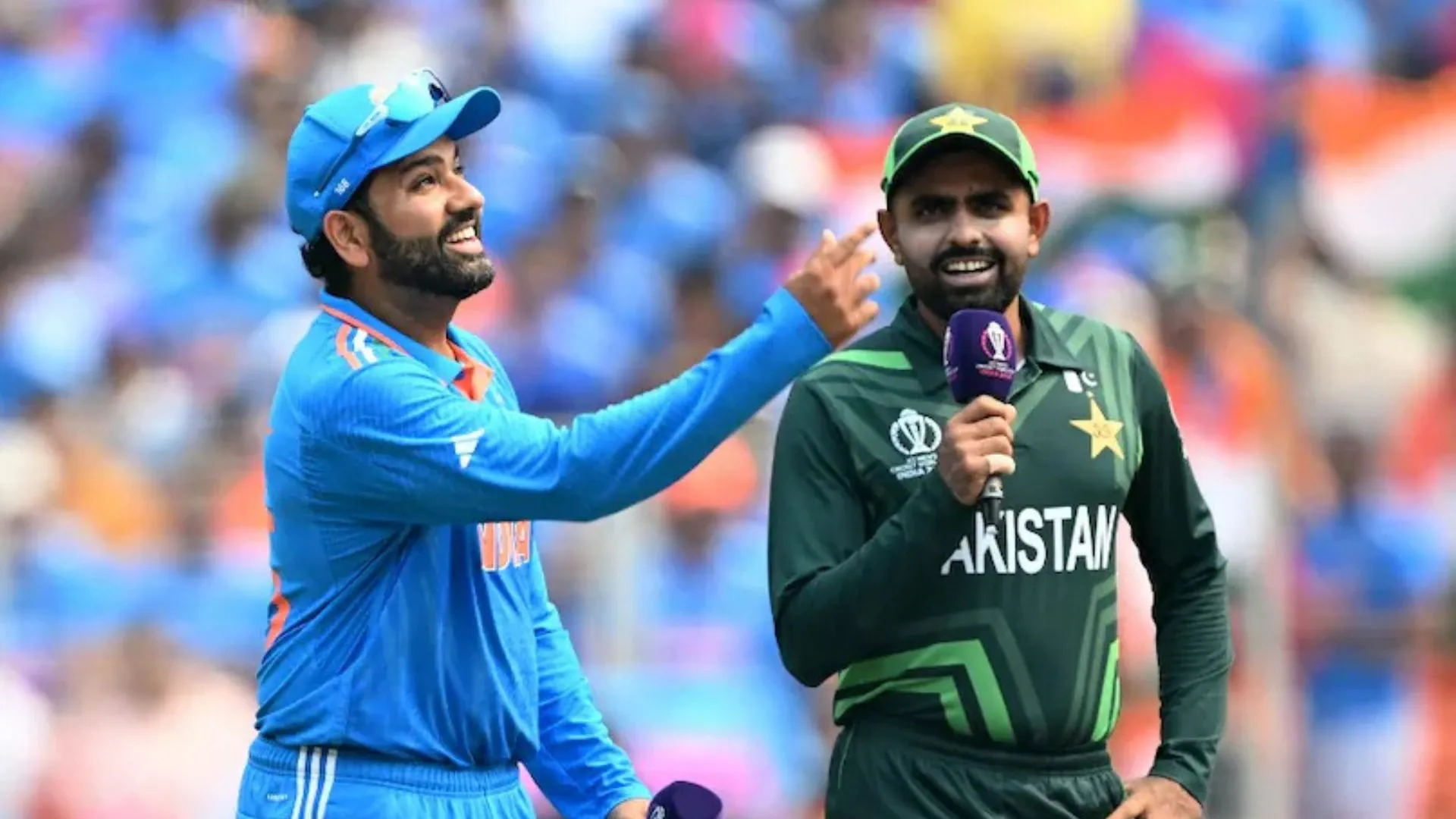“Yes Minister” was a big hit in England and when it was first shown in India in its original version and subsequently in its “desi” adaptation, it was received very well by the audiences in India as well. Both the original and the “desi” versions were hilarious as they portrayed certain delectable and not-so-delectable attributes of a bureaucrat. The original version depicted a British bureaucrat as witty, intelligent, articulate and, at least ostensibly, competent. On the flip side, he appeared to be supercilious, haughty, indifferent to public needs, derisive and contemptuous of what the political masters had to convey and highly suspicious of the intent behind the directives given by the politician. However, all in all, the British bureaucrat almost always appeared to be in control. The “desi” version did away with the subtleties and the presentation was more slapstick to suit the Indian audiences.
A lot of water has flown in the Yamuna since these serials made their respective appearances. Hence, one felt the need to take a fresh look at the attributes of a modern-day bureaucrat in the context of Criminalisation of politics, politicization of bureaucracy, caste emerging a dominant factor in politics, dominance of a political party at the Centre and some States and “commitment” and pliability expected of civil servants. All this is vitiating the environment beyond recognition and have impacted the present-day bureaucrat though he may himself be partly responsible for the state of affairs.
It would be wrong to generalize the attributes of a bureaucrat. In fact, they come in all hues, shapes and sizes and should be left to the judgement of an individual to select some of these attributes and assign it to a particular bureaucrat. Each bureaucrat can be seen as a bundle of some of the attributes mentioned below.
In public perception, by and large, a typical bureaucrat is seen as inefficient because he does not perform. Though there are indeed great performers but these performers are, more often than not, part of the invisible lot. The term ‘red tape’ has come to be associated with the bureaucracy as nothing is perceived to move in government offices. The public also believes that most of the bureaucrats are dishonest. A number of bureaucrats themselves believe that, apart from their own self, the bureaucracy is corrupt. You also have a breed of ‘honest crusaders’ who are busy identifying the dishonest. These ‘crusaders’ also believe that those who do not agree with them are colluding with the dishonest. Thus, there is this tribe of bureaucrats who stop just at being honest, as if honesty is an end in itself.
Unlike their British counterparts, the Indian bureaucrat is not very articulate, more so when it comes to expressing their opinion to the powers-that-be. They would rather first know the opinion of the political master and then endorse the same view. There are, however, a number of bureaucrats who are forthright and believe in expressing their opinion on file as well as verbally even if it means a transfer, adverse/not-so-good remarks in the ACR or even a suspension.
Some bureaucrats do behave as if they are not civil servants but true servants of the ‘master’ they serve. Their commitment to the master and servile behaviour is indeed an embarrassment to the rest of the bureaucracy. Tragedy is that the ‘master’ expects a similar servility and pliability from other bureaucrats and when it is not forthcoming, the bureaucrat is shown the door or/and made to suffer.
Haughtiness and supercilious behaviour were attributes of ‘brown sahibs’ but with the total domination of political masters and almost a total absence of self respect amongst some of the bureaucrats, these ‘virtues’ are a preserve of only such bureaucrats who appear totally spineless before the powers-that-be but choose to roar and bite spitefully when they interact with the lesser mortals. Their contemptuous derision and occasional megalomaniacal tendencies are seen to be believed. Despite the fact that some have them bitten the dust, a few still resort to such a conduct. Fortunately, such specimens are few and far between though unfortunately they are highly visible.
There are a large number of Civil Servants that are extremely competent, decisive, disciplined and helpful. However, when the market demand is for pliable and servile, they prefer to remain in hibernation. Some of them even have tremendous sense of humour as one such bureaucrat presented me a book titled “1001 Ways to Humiliate Yourself”. Considering the humiliations that are on occasions heaped on the bureaucrats that do not toe the line, one wonders whether there is a scope for some more humiliation.
There is another small set of bureaucrats which makes one doubt the selection process itself. This could also be on account of the years in the service doing nothing. They find it difficult to hide their incompetence behind the three letters, the I.A.S. However, they do a tremendous disservice to the service as a whole. They become convenient tools to be used by the ‘smarter’ ones to sign on the dotted line as they do not have the capability to question.
There are also those civil servants who are always politically correct. They don’t do any “dirty” work themselves but find someone else to do what could be unpleasant or “risky”. They know pretty well what is desired of them and go about devising strategies to deliver it even at the cost to the exchequer. These are glib talkers who walk little distance because that is not expected of them. The void of actual performance on the ground is filled with glitzy road-shows.
Apart from the movers-and-shakers, there are those that are withdrawn and reticent, irrespective of the set of circumstances. Perhaps this indifference enables them to lead a blissful existence. Some of them are laid-back to an extent that they remind you of some extinct species. As against these, there are those that are always alert, optimistic and looking for opportunities even in the gloomiest set of circumstances. It is indeed a pleasure interacting with such bureaucrats.
They, therefore, come in all hues, shapes and sizes. It would be extremely difficult to define what a typical bureaucrat would look like though we tend draw our own images and look for bureaucrat who fits those images. It is, however, true that a bureaucrat is a tool and, therefore, it is essential to employ the right tool. It would be totally wrong to say that the right tools are not available. The key issue is whether we want the right tool for the right job.
Anil Swarup has served as the head of the Project Monitoring Group, which is currently under the Prime Minister’s Offic. He has also served as Secretary, Ministry of Coal and Secretary, Ministry of School Education.













